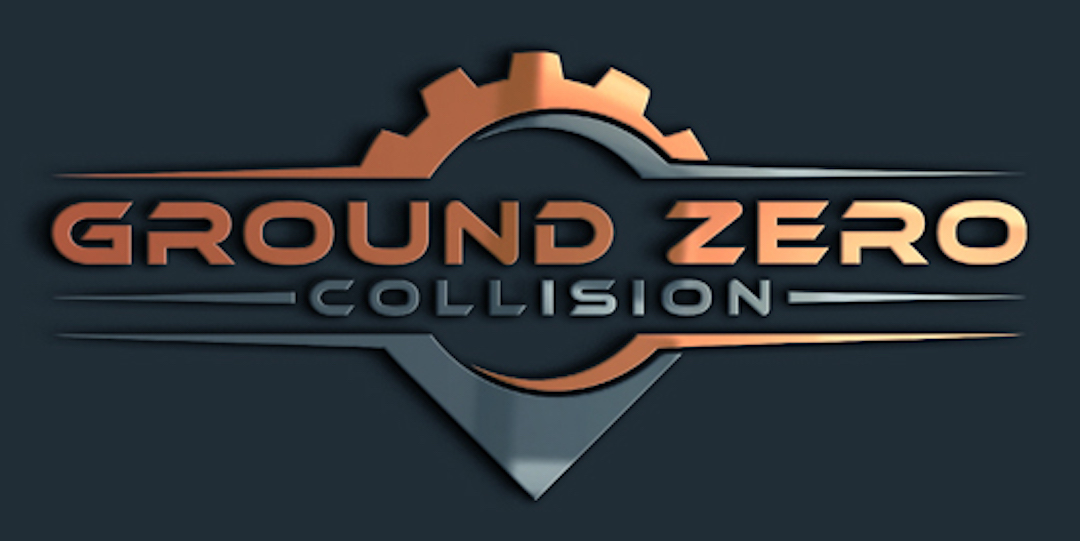When your vehicle suffers damage in an accident, navigating the path to restoration involves more than just bringing it to a repair shop. The interaction between your insurance company and the repair shop can significantly influence the quality and cost of the repairs. Many insurance companies have arrangements with certain collision repair shops under Direct Repair Programs (DRPs). However, these arrangements can often lead to a conflict of interest that might not always result in the best outcome for your vehicle or your wallet. Cheaper isn’t always better in collision repair, and we’ll tell you why!
The Allure of Cost-Effective Repairs for Insurers
Insurance companies operate under a model that aims to minimize cost while managing risk. When a vehicle is damaged, the decision between declaring it a total loss or repairing it involves a complex analysis of costs. Repairing a vehicle can often be seen as more economically advantageous for insurers, especially when aligned with DRP shops that might prioritize cost over quality. This decision is primarily driven by the following reasons:
- Resale Value Retention: A vehicle that is repaired, rather than declared a total loss, maintains its status as an active asset under the insurance policy. This allows the insurer to avoid the potentially higher cost of payout for a total loss, which would be the actual cash value of the vehicle at the time of the accident.
- Control Over Repair Costs: By steering repairs to DRP shops, insurers can exert significant control over repair costs. These shops often agree to lower their rates in exchange for the steady flow of work directed from the insurers. This arrangement can lead to the use of cheaper, possibly inferior aftermarket parts as opposed to original equipment manufacturer (OEM) parts.
Tactics Used to Minimize Payouts
A common strategy employed by some insurers is to low-ball the initial repair estimates. This involves underestimating the extent of damage or the cost of quality repairs in the initial quotes. Here’s how it impacts the vehicle owner:
- Substandard Repairs: Lower estimates often lead to repairs that do not adequately restore the vehicle to its pre-accident condition. This could compromise the safety and functionality of the vehicle.
- Use of Aftermarket Parts: To keep costs down, DRP shops might use aftermarket parts that could potentially differ in quality and performance from OEM parts. This not only affects the vehicle’s longevity but might also void certain manufacturer warranties.
Recognizing Insurer’s Tactics
It is essential for you, as a consumer, to recognize when an insurer might not be acting in good faith. Here are several signs to watch for:
- Rapid Repair Turnaround Promises: Be wary if a repair shop, especially one recommended by an insurer, promises unusually quick repairs. Quality repairs take time, particularly if they involve complex structural damage.
- Pressure to Use Specific Shops: Insurers might push for repairs to be done at their preferred DRP shops. While they can recommend, you have the legal right to choose where your vehicle is repaired.
- Unexplained Use of Non-OEM Parts: If the repair estimate does not specify the use of OEM parts, ask why. Insurers might opt for cheaper alternatives without disclosing the potential drawbacks to you.
Advocating for Your Rights
As a vehicle owner, advocating for your rights is crucial. Here are steps you can take to ensure fair treatment:
- Insist on OEM Parts: Demand that only OEM parts be used in your vehicle’s repairs. This ensures that parts meet manufacturer specifications and preserve warranties.
- Obtain Multiple Estimates: Getting repair estimates from several shops can provide a clearer picture of the repair costs and the extent of damage.
- Consult Independent Appraisers: If in doubt, an independent appraiser can offer a third-party view on the damage and necessary repairs, providing leverage in discussions with insurers.
Understanding the dynamics between insurers and repair shops, particularly the implications of DRP arrangements, empowers you to make informed decisions about your vehicle’s repair journey. Remember, cheaper repairs might save money in the short term, but they can compromise both the safety and the financial value of your vehicle in the long run. Always prioritize quality and transparency when dealing with car repairs post-accident.

